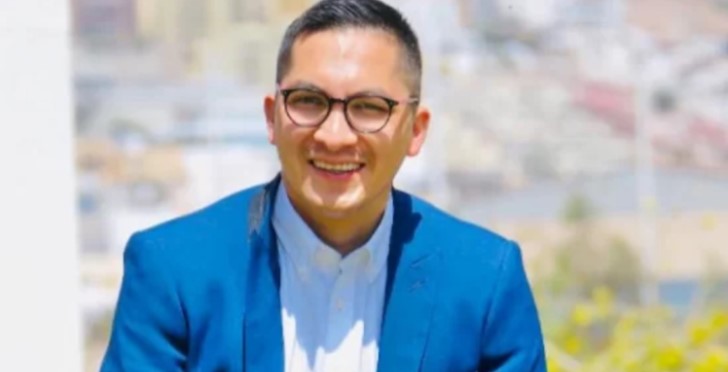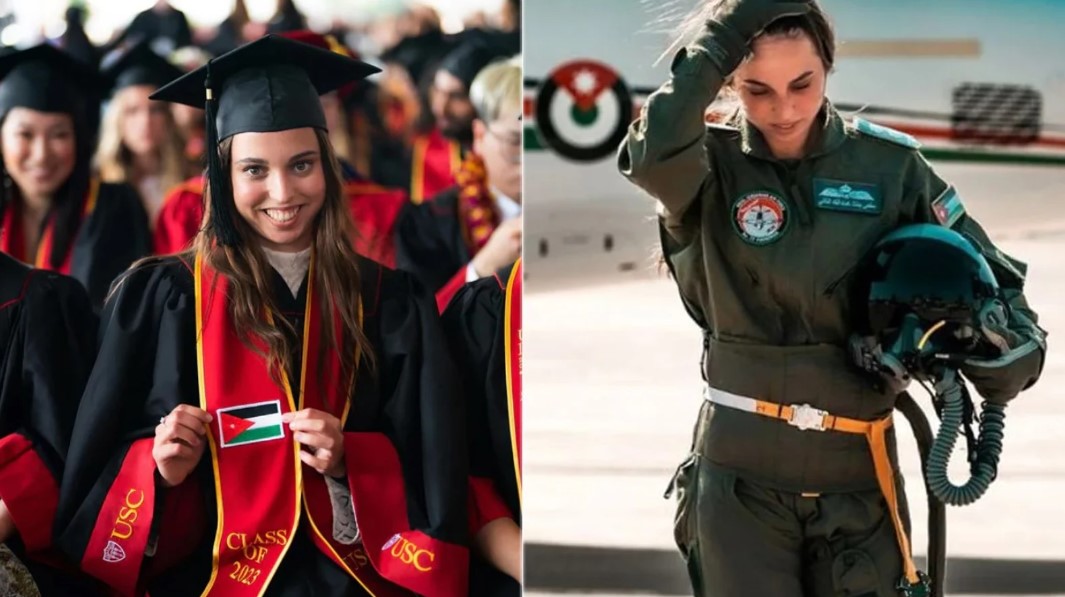Mexico has confirmed the identity of a third of the 43 students of the Ayotsinaba rural nature who went missing six years ago in the Mexican state of Guerrero, family officials and lawyers said.
Analyzes by the University of Innsbruck in Austria show that a spine found in one of the many searches conducted since 2019 belongs to Josivani Guerrero de la Cruz, one of the teaching teachers who disappeared in 2014.
Omar Gomez Trejo, a lawyer with the Attorney General’s Office, told the media on Tuesday that the vertebrae “did not present any heat change, i.e. more exposure to the fire” and were found elsewhere. According to the previous administration, students were cremated. In addition, he regretted that the previous prosecutor’s office had given Curero de la Cruz, identified in 2015, without sufficient scientific data.
On September 26, 2014, police in the city of Iguala in the southern state of Guerrero arrested students with the involvement of other security agencies and criminals. Enrique Pena Nieto (2012-2018) The government promised to hand over young people to organized crime, which killed them, burned 43 bodies in the rubbish bin in the neighboring municipality of Gokula and dumped the rest into a nearby river.
This version, however, was later classified as “historical fact” because, although the first student, Alexander Mora, was identified in December 2014 by a bone found in a bag found near the river, the current case confirmed that the discovery was “a hoax.”
Another piece of evidence that removed the “historical fact” was the bone identified by second-grader Christian Alfonso Rodriguez Delumbre in mid-2020, located elsewhere in the rubble, called “La Cornicheria”, where the spines of Guerrero de la Cruz were also found.
Attorney Gomez Trejo said Rodriguez Delumbre was identified in these last analyzes, while his remaining Achilles heel was identified at the same location.
According to Francisco Cox, an independent expert with the U.S. Commission on Human Rights who came with the investigation, the new information only confirms that the previous official version was “attempted to coerce.”
“This sign again shows how families and Mexico have been lied to in the past,” said Centro Proth, a human rights NGO that represents victims.
Guillermo Fernandez-Maldonado of the United Nations Office in Mexico spoke in the same vein, noting that “there is no scientific basis for the ‘historical truth’ of this case, which is contrary to international human rights standards.”
Another detail related to this is that the former Attorney General of the Republic, Aureli Gomez, identified Guerrero de la Cruz in a bag found near the river in September 2015, although forensic experts who came with the families insisted that the type of test performed at the time was not sufficiently scientific.
For this reason, the prosecution recommended that Guerrero de la Cruz not be identified, Gomez Trejo recalled on Tuesday, “yet at that time the Attorney General’s Office officials decided to go out and publicize a dubious decision.”
Since Andres Manuel Lopez Obrador came to power in December 2018, investigations have resumed, but despite advances and new identification, what happened that night and the fate of the youth are still unknown.
A fact-finding commission was set up, new searches were carried out and key actions were initiated against two officers: the Union Minister of Police for torture and the detective for falsifying documents.
One of the most symbolic developments was the arrest warrant for the subject and intellectual writers of events, including the federal and military police, two forces that had hitherto been untouchable.
But some of those individuals are still large, and during the administration of Pena Nieto the former chief investigator of the case, Thomas Geron, was considered a key figure in covering up the missing. The Mexican Attorney’s Office has issued several arrest warrants against Geron, based in Israel.
Attorney Gomez Trejo pointed out that more remains have been sent to Innsbruck to try new identities, but many of these bone fragments are not easily vulnerable to genetic analysis because they have deteriorated so much. Of the more than 180 recovered since November 2019, only six have undergone DNA testing, he said.
According to the Proth Center, the new discovery “shows that genetics can be identified over time.”
Therefore, with more than 80,000 people missing in Mexico, they called for the creation of “extraordinary, massive mechanisms with resources to address the country’s forensic backwardness.”


/cloudfront-us-east-1.images.arcpublishing.com/eluniverso/DGEW35D77RGBVJEROWSX2HRSJU.jpg)


